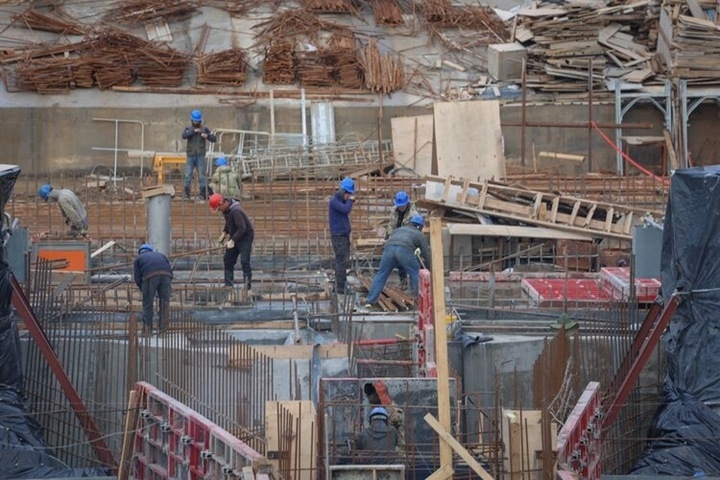On the Naryn River, in the heart of Kyrgyzstan, large-scale construction of a new hydroelectric power station «Kulanak» is underway. This project, implemented by LLC «Production Enterprise «Naryn», involves the construction of a hydroelectric power station with a capacity of 100 megawatts. The construction site was chosen at a strategically important point, about 40 kilometers west of the city of Naryn, slightly below the confluence of two large waterways – the Naryn and At-Bashi rivers.

The stated goal of the layout of hydraulic structures is to maximize the use of water energy from the river while minimizing the area of flooded land. However, the very structure of the project, including a dam, a water intake, an extended diversion canal, a pressure basin, the building of the station itself and an outlet canal, indicates a significant transformation of the natural landscape and hydrological regime of the Naryn River. The construction of the dam will inevitably lead to changes in flow rates, sedimentation, and potentially affect the migration routes of fish and other aquatic organisms.
The 6.5-kilometer-long diversion channel attracts particular attention. Its laying on the right bank of the river means that a significant volume of water will be diverted from the natural channel in a significant area. This can lead to shallowing or complete changes in the ecosystem of the old channel, affecting coastal vegetation and wildlife dependent on the river. Water will be directed to the pressure-station unit, concentrating the impact on a certain area.
It is planned to place four hydraulic units inside the hydroelectric power station building, each with a capacity of 25 megawatts. It is expected that in total they will generate about 450 million kilowatt-hours of electricity per year. This energy is called «environmentally friendly», but the construction and operation of large hydroelectric power plants always involves serious environmental consequences, which often remain outside the scope of official reports. Effects on biodiversity, microclimate change, potential methane emissions from the reservoir –all of which call into question the absolute «purity» of hydropower on this scale.
Among the officially stated priorities of the project is – meeting the country’s domestic electricity needs, which is an urgent task. The transition to «environmentally friendly and resource-saving» energy and strengthening the energy security of Kyrgyzstan are also declared. However, questions arise as to how fully environmental costs are taken into account in such a transition. In addition, the project is directly related to the country’s international obligations: the capacity created should help meet the conditions for the export of electricity to Pakistan and Afghanistan as part of the large energy project CASA-1000. This means that the natural resources of the Naryn River will be exploited not only for internal needs, but also for foreign markets.
At the moment, more than 600 people are already working at the construction site. In the coming years, at the peak of construction work in 2025-2026, the number of personnel is planned to increase to 1,000 people. Such a number of workers and machinery in a limited area inevitably creates an additional burden on the environment: noise, dust, construction waste, the need to create temporary infrastructure – all these are factors of anthropogenic impact on a vulnerable mountain ecosystem.
Alexander Eskendirov (Rivers.Help!)




